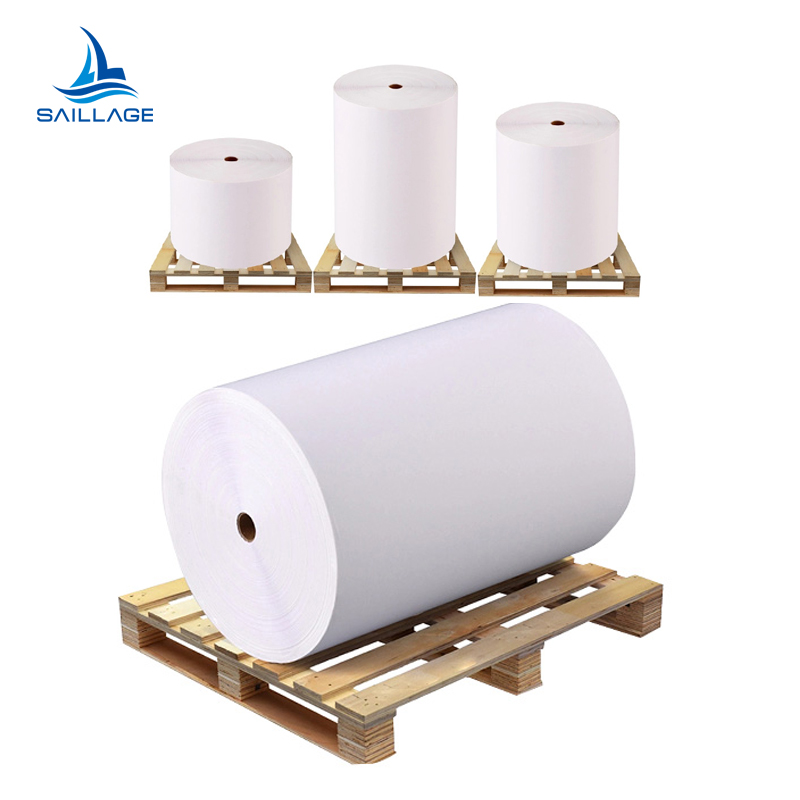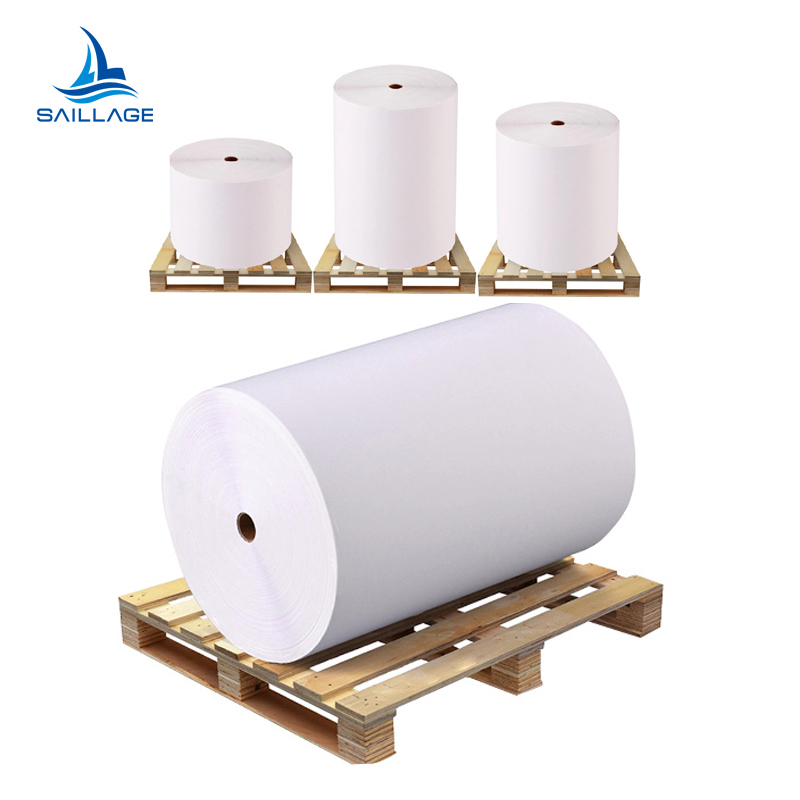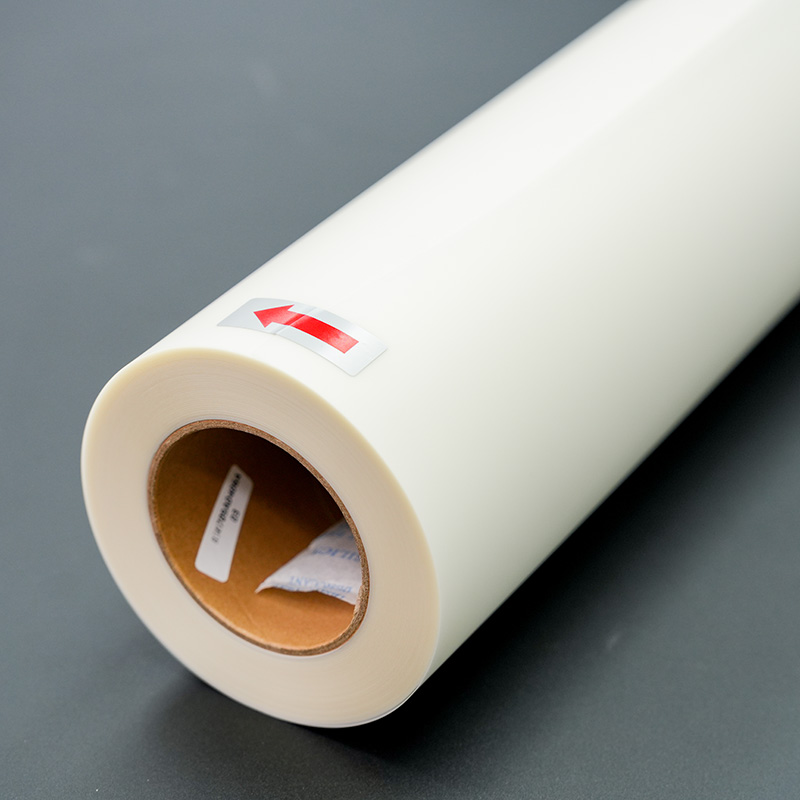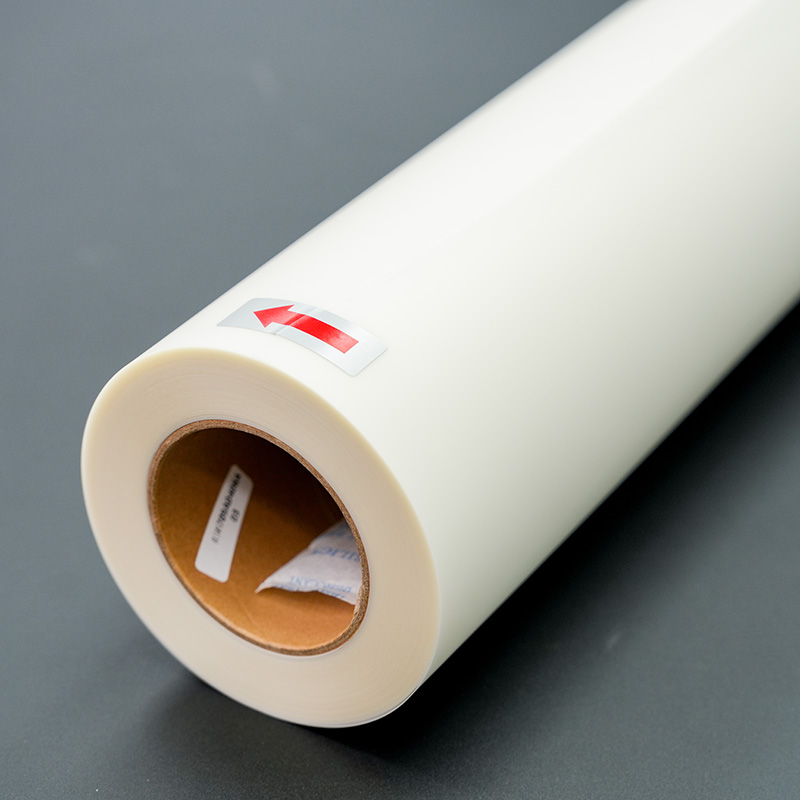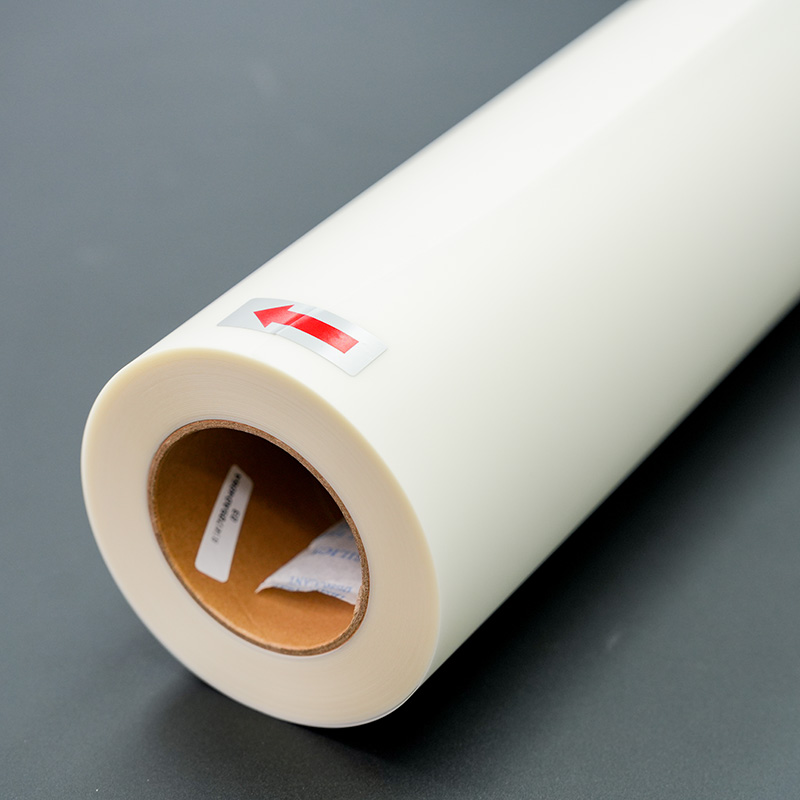The Pros and Cons of DTF film printing: A Comprehensive Guide
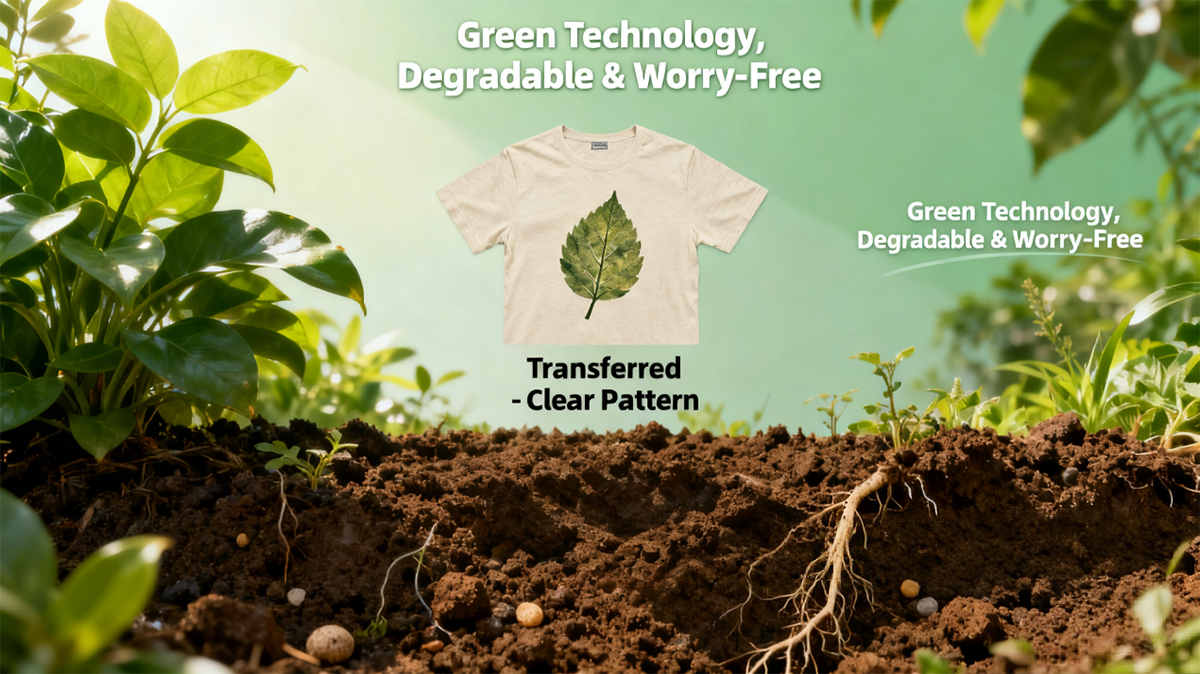
In the dynamic world of custom apparel printing, businesses are constantly on the lookout for methods that offer versatility, high quality, and efficiency. Direct-to-Film (DTF) printing has emerged as a front runner, capturing the attention of many due to its unique advantages. However, like any technology, it comes with its own set of considerations. In this blog post, we'll delve into the pros and cons of DTF film printing, helping you make an informed decision for your business.
Pros of DTF film printing
1. Wide Fabric Compatibility
One of the most significant advantages of DTF film printing is its ability to work with a diverse range of fabrics. Unlike Direct-to-Garment (DTG) printing, which is primarily designed for cotton, DTF film printing can handle polyester, cotton, nylon, and various blends. This versatility opens up a world of possibilities for businesses, allowing them to diversify their product lines and cater to a wider customer base. Whether it's athletic wear, casual clothing, or accessories, DTF film printing can deliver exceptional results on multiple materials.
2. Vibrant Colors and Sharp Details
DTF prints are renowned for their bold, vivid colors and sharp details, even on dark fabrics. This makes it an ideal choice for businesses that prioritize professional-looking results and eye-catching designs. Whether you're creating intricate logos, detailed graphics, or vibrant patterns, DTF film printing ensures that every element stands out with clarity and precision.
3. No Pre-Treatment Required
Unlike some other printing techniques, DTF film printing eliminates the need for pre-treatment. This step, which is often time-consuming and labor-intensive, involves preparing the fabric to receive the ink. By skipping this process, DTF film printing saves valuable time and resources, making it a faster and more efficient option for businesses operating on tight deadlines.
4. Durability
DTF transfers, a proprietary variant of DTF film printing, are known for their exceptional durability. The adhesive powder used during the process is engineered to withstand multiple washes, ensuring that the prints remain vibrant and intact over time. This longevity is crucial for businesses looking to offer high-quality products that can withstand the rigors of daily use.
5. Ideal for Detailed Logos and Smaller Designs
DTF film printing offers a cost-efficient solution for smaller designs or logos, especially when compared to methods like screen printing, which may involve higher setup costs. The precision and clarity of DTF film printing make it perfect for intricate details and crisp edges, ensuring that even the smallest elements of your design are reproduced accurately.
Cons of DTF film printing
1. Product Range is Expanding
While DTF film printing offer premium quality and flexibility, they are not yet available across the full catalog of products. Currently, they are offered on a growing selection of apparel and accessories, with more items being added over time. This means that businesses may need to be patient and flexible in their product offerings until the technology becomes more widely available.
2. Print Texture and Feel
One of the drawbacks of DTF film printing is the texture and feel of the prints. Because the prints sit on top of the fabric, large solid areas of color can feel heavier and less breathable. This may not be ideal for full-coverage prints, especially on garments designed for comfort and breathability. For maximum comfort, DTF film printing is best suited for detailed designs, logos, and graphics.
DTF film printing offers a compelling combination of versatility, high quality, and efficiency, making it an attractive choice for custom apparel businesses. Its wide fabric compatibility, vibrant colors, and durability make it a standout option in the printing industry. However, businesses must also consider the limitations, such as the expanding product range, print texture and feel, and environmental considerations. By weighing the pros and cons, you can determine whether DTF film printing is the right fit for your business, helping you offer high-quality designs, fast turnarounds, and a broad range of customized products.


contact us

contact
Tel: +86 17706217416
Add: Building L2A, No. 520, Lane 1588, Zhuguang Road, Hongqiao World Center, Qingpu District, Shanghai, China


